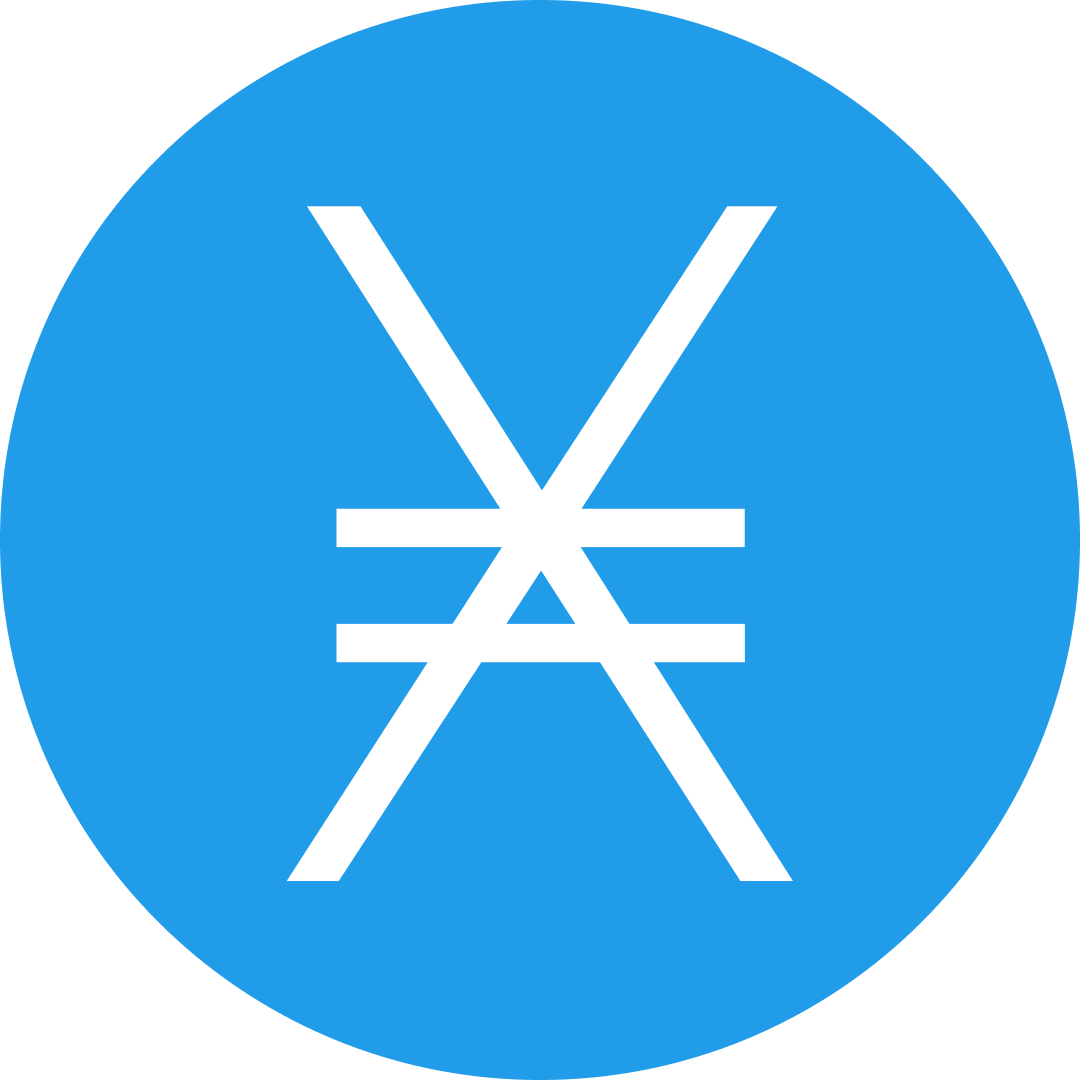-
 bitcoin
bitcoin $99177.955738 USD
-7.32% -
 ethereum
ethereum $3187.183061 USD
-12.38% -
 tether
tether $0.999809 USD
0.00% -
 xrp
xrp $2.117933 USD
-9.42% -
 bnb
bnb $906.710033 USD
-9.17% -
 solana
solana $149.367737 USD
-10.74% -
 usd-coin
usd-coin $0.999816 USD
0.01% -
 tron
tron $0.281498 USD
-0.38% -
 dogecoin
dogecoin $0.156292 USD
-8.00% -
 cardano
cardano $0.500744 USD
-10.19% -
 hyperliquid
hyperliquid $38.087358 USD
-4.58% -
 chainlink
chainlink $14.097831 USD
-8.54% -
 bitcoin-cash
bitcoin-cash $463.329916 USD
-9.22% -
 ethena-usde
ethena-usde $0.999078 USD
-0.01% -
 unus-sed-leo
unus-sed-leo $9.475862 USD
-0.79%
How are new blocks created in a blockchain?
Miners and validators secure blockchain networks by verifying transactions and creating new blocks, using proof-of-work or proof-of-stake mechanisms to maintain consensus and integrity.
Aug 04, 2025 at 09:01 pm

Understanding the Role of Miners and Validators
In a blockchain network, new blocks are created through a decentralized process involving participants known as miners in proof-of-work (PoW) systems or validators in proof-of-stake (PoS) systems. These participants are responsible for verifying transactions and packaging them into blocks. In proof-of-work, miners compete to solve a complex cryptographic puzzle using computational power. The first miner to solve the puzzle gets the right to add a new block to the blockchain. In proof-of-stake, validators are chosen based on the amount of cryptocurrency they 'stake' as collateral, reducing the need for energy-intensive computations. The selection process ensures that only trustworthy participants can propose new blocks.
Transaction Aggregation and Verification
Before a new block is created, transactions must be collected and validated. Nodes across the network receive pending transactions broadcasted from users' wallets. Each node checks the validity of these transactions by confirming:
- The sender has sufficient funds.
- The digital signature is correct.
- The transaction adheres to network rules.Once verified, transactions are placed in a mempool—a temporary holding area for unconfirmed transactions. Miners or validators then select a group of these transactions to include in the next block. The selection often prioritizes transactions with higher transaction fees, incentivizing faster inclusion.
Constructing the Block Header
Each block in a blockchain contains two main components: the block header and the list of transactions. The block header includes critical metadata necessary for maintaining the integrity and continuity of the chain. Key elements in the header are:
- Previous block hash: A reference to the hash of the most recent block, ensuring chronological linkage.
- Merkle root: A single hash representing all transactions in the block, generated through a Merkle tree structure.
- Timestamp: The time when the block was created.
- Nonce: A random number used in PoW to adjust the block's hash.
- Difficulty target: In PoW, this determines how hard it is to mine the block.Constructing the header correctly is essential because any alteration would change the block’s hash, invalidating the entire chain.
Mining the Block in Proof-of-Work Systems
In a proof-of-work blockchain like Bitcoin, creating a new block involves solving a cryptographic challenge. Miners repeatedly hash the block header, adjusting the nonce value until the resulting hash meets the network’s difficulty target—typically requiring the hash to start with a certain number of zero bits. This process is computationally intensive and requires significant hardware resources. Once a valid hash is found:
- The miner broadcasts the new block to the network.
- Other nodes verify the solution and the included transactions.
- If consensus is reached, the block is appended to the blockchain.The successful miner receives a block reward (newly minted coins) and transaction fees as incentives.
Finalizing Blocks in Proof-of-Stake Systems
In proof-of-stake blockchains such as Ethereum post-merge, block creation is more deterministic. Validators are selected through algorithms like randomized selection or coin age-based methods. The chosen validator proposes a new block by:
- Gathering and verifying transactions from the mempool.
- Creating the block header with the correct previous hash and Merkle root.
- Signing the block with their private key to prove authenticity.Other validators then attest to the block’s validity. Once a supermajority agrees, the block is finalized and added to the chain. Validators who act dishonestly risk losing their staked funds through a process called slashing, ensuring network security.
Propagation and Consensus Across the Network
After a new block is created, it must be disseminated across the entire network. The node that created the block sends it to its peers, who in turn relay it to others. Each receiving node performs independent verification:
- Checking the block’s hash against the difficulty target (in PoW).
- Validating all transaction signatures and inputs.
- Ensuring the previous block hash matches the latest in their chain.If the block passes all checks, it is added to the local copy of the blockchain. This propagation ensures decentralized consensus. In cases where two valid blocks are created simultaneously (a fork), nodes follow the longest chain rule or the heaviest chain rule (in PoS), eventually converging on a single version of truth.
Handling Orphaned and Stale Blocks
Due to network latency, multiple miners might solve the puzzle at nearly the same time, leading to temporary forks. Blocks that are not included in the main chain become orphaned (in PoW) or discarded (in PoS). These blocks are valid in isolation but lose relevance once the network agrees on a single chain. Miners who produce orphaned blocks do not receive rewards, emphasizing the importance of network synchronization. In PoS systems, mechanisms like checkpointing and finality gadgets minimize the chance of such forks by ensuring faster finalization.
Frequently Asked Questions
What prevents someone from creating a fake block?Creating a fake block requires altering transaction data or the block header. This changes the block’s hash, making it invalid. Additionally, other nodes verify every block. Any discrepancy triggers rejection. In PoW, rewriting history demands more than 50% of the network’s computational power. In PoS, it requires controlling over 66% of the staked tokens, both of which are economically impractical.
How long does it take to create a new block?Block creation time depends on the blockchain. Bitcoin targets 10 minutes per block, adjusted by difficulty every 2016 blocks. Ethereum aims for 12 seconds under PoS. Other networks like Litecoin use 2.5 minutes. These intervals balance security, decentralization, and transaction throughput.
Can multiple blocks be created at the same time?Yes, especially in PoW, due to network delays. Two miners might solve the puzzle simultaneously, creating competing blocks. The network resolves this when the next block is added to one of the chains. The chain with more cumulative work becomes the main one, and the other is abandoned.
Who decides which transactions go into a block?Miners or validators have discretion in selecting transactions from the mempool. They typically prioritize those with higher transaction fees. However, they cannot include invalid transactions, as the network would reject the entire block. Some wallets allow users to set custom fees to influence inclusion speed.
Disclaimer:info@kdj.com
The information provided is not trading advice. kdj.com does not assume any responsibility for any investments made based on the information provided in this article. Cryptocurrencies are highly volatile and it is highly recommended that you invest with caution after thorough research!
If you believe that the content used on this website infringes your copyright, please contact us immediately (info@kdj.com) and we will delete it promptly.
- Bitcoin's Wild Ride: Saylor, Kiyosaki, and the Quest for $200K
- 2025-11-05 10:50:13
- Culex, Cardano, and Aster: A Crypto Cocktail of Mosquitoes, Dips, and CZ Fuel
- 2025-11-05 11:00:17
- Crypto Presales, Coin Growth, and Established Coins: Navigating the 2025 Buzz
- 2025-11-05 11:00:17
- La Culex, Crypto Investment, and Pudgy Penguins: A NYC Perspective
- 2025-11-05 10:30:13
- Zcash Defies Crypto Crash: Reversal Risk on the Horizon?
- 2025-11-05 11:00:01
- Score Big with BetMGM: NBA, NFL, and the TOP150 Bonus Code
- 2025-11-05 08:50:13
Related knowledge

What is a block explorer and how do you use it?
Oct 24,2025 at 12:36am
What Is a Block Explorer?1. A block explorer is a web-based tool that allows users to view and analyze data on a blockchain network in real time. It f...
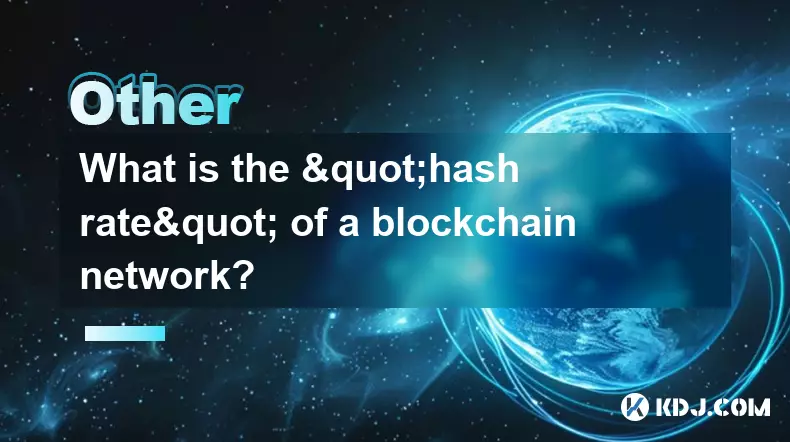
What is the "hash rate" of a blockchain network?
Oct 10,2025 at 03:55pm
Understanding Hash Rate in Blockchain Networks1. The hash rate refers to the total computational power being used to process transactions and mine new...
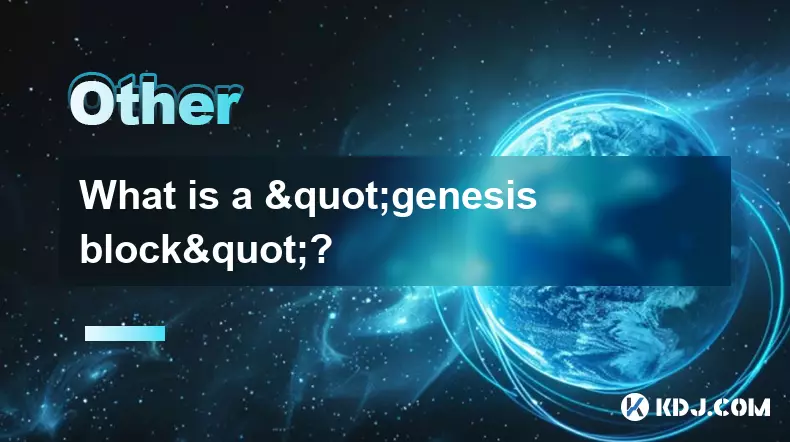
What is a "genesis block"?
Oct 15,2025 at 07:55pm
Understanding the Genesis Block in CryptocurrencyThe genesis block is the very first block in a blockchain network. It serves as the foundation upon w...
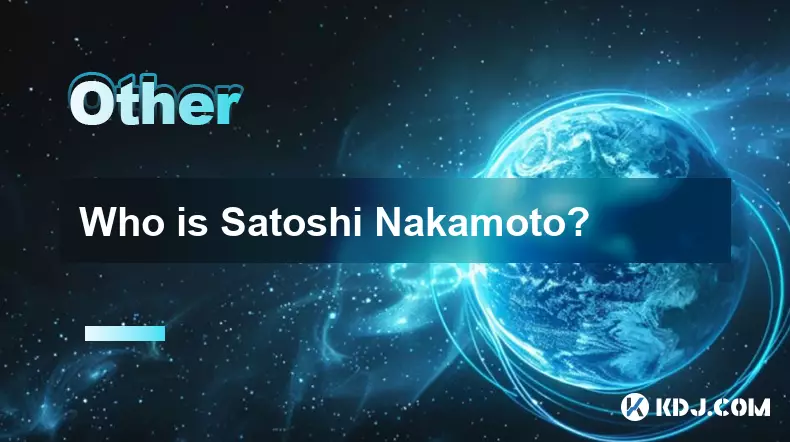
Who is Satoshi Nakamoto?
Oct 15,2025 at 01:01pm
Who is Satoshi Nakamoto?1. Satoshi Nakamoto is the pseudonymous individual or group credited with creating Bitcoin, the first decentralized cryptocurr...
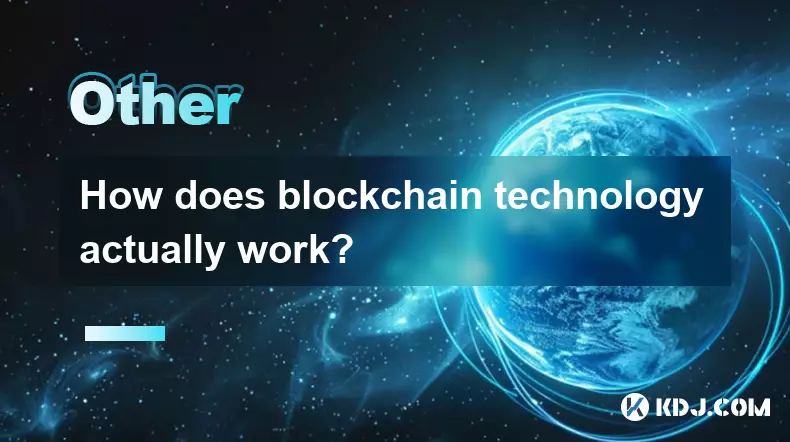
How does blockchain technology actually work?
Oct 11,2025 at 02:36pm
Understanding the Core Mechanism of Blockchain1. At its foundation, blockchain is a decentralized digital ledger that records transactions across mult...

What is a token economy?
Sep 20,2025 at 12:18am
Understanding the Foundations of a Token Economy1. A token economy in the context of cryptocurrency refers to a system where digital tokens are used a...

What is a block explorer and how do you use it?
Oct 24,2025 at 12:36am
What Is a Block Explorer?1. A block explorer is a web-based tool that allows users to view and analyze data on a blockchain network in real time. It f...

What is the "hash rate" of a blockchain network?
Oct 10,2025 at 03:55pm
Understanding Hash Rate in Blockchain Networks1. The hash rate refers to the total computational power being used to process transactions and mine new...

What is a "genesis block"?
Oct 15,2025 at 07:55pm
Understanding the Genesis Block in CryptocurrencyThe genesis block is the very first block in a blockchain network. It serves as the foundation upon w...

Who is Satoshi Nakamoto?
Oct 15,2025 at 01:01pm
Who is Satoshi Nakamoto?1. Satoshi Nakamoto is the pseudonymous individual or group credited with creating Bitcoin, the first decentralized cryptocurr...

How does blockchain technology actually work?
Oct 11,2025 at 02:36pm
Understanding the Core Mechanism of Blockchain1. At its foundation, blockchain is a decentralized digital ledger that records transactions across mult...

What is a token economy?
Sep 20,2025 at 12:18am
Understanding the Foundations of a Token Economy1. A token economy in the context of cryptocurrency refers to a system where digital tokens are used a...
See all articles



































































